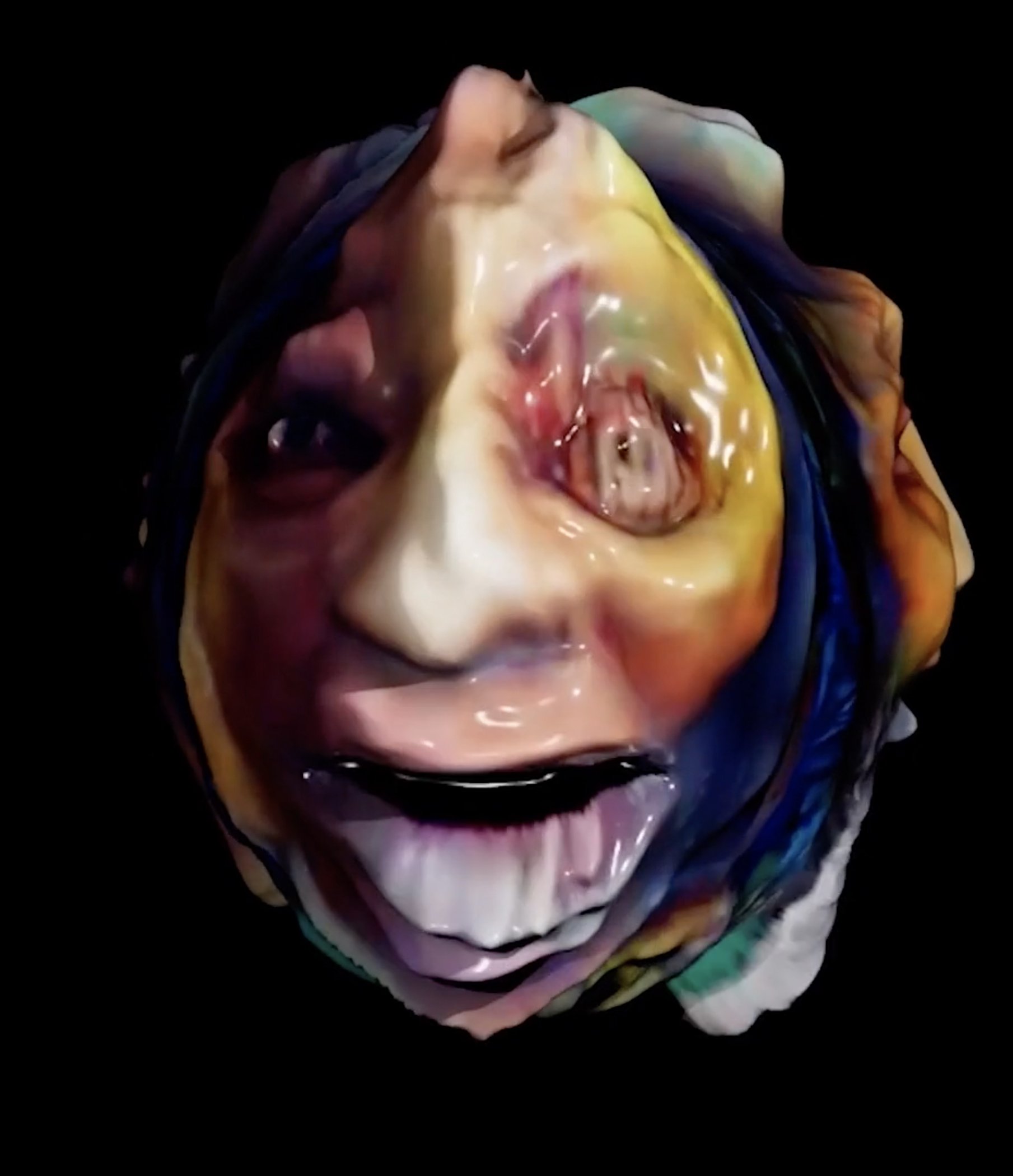I created these 3D portraits with a new system of artificial intelligence that I custom coded and trained on images of Gabriel (“Prosser”), Nat Turner, John Brown, and other slave rebellion instigators primarily from Virginia, as well as robots from America’s most critically acclaimed and top-grossing science fiction films, such as Metropolis, Blade Runner, The Terminator, and Star Wars.






